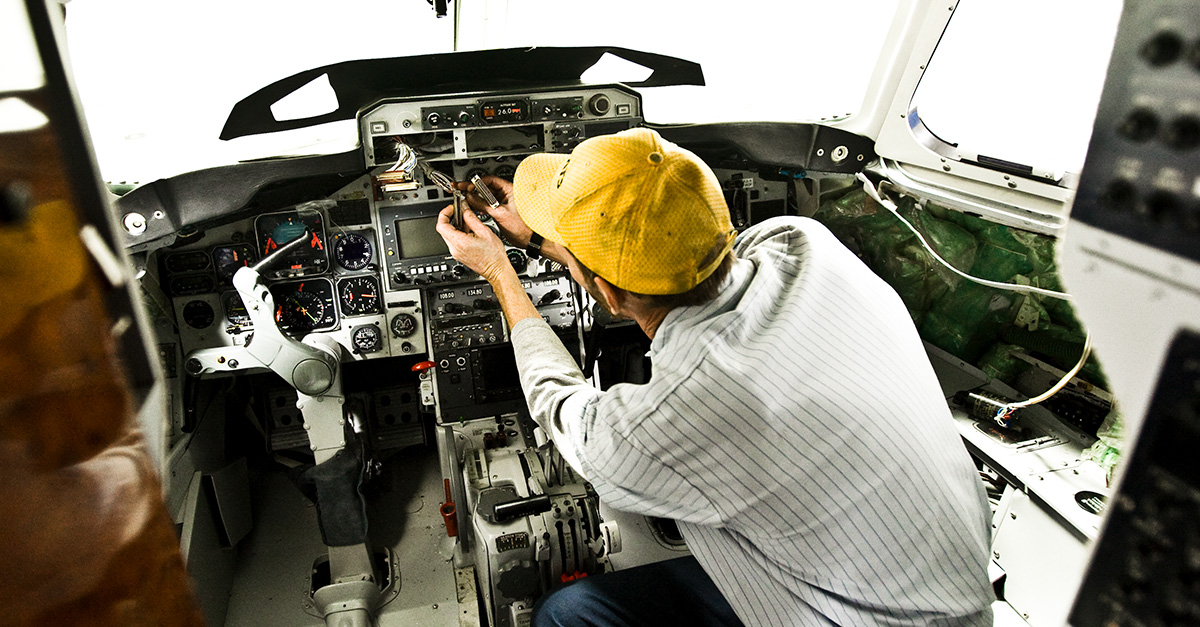
April 19, 2021
During testing, maintenance providers should follow their ADS-B testing equipment manufacturer’s guidance to avoid transmitting false airborne target information, which creates confusion for ATC and other aircraft.
Known as a “ghost” target, it essentially shows the aircraft at altitude, rather than on the ground, which can appear as a traffic conflict and lead to unnecessary and potentially unsafe deconfliction maneuvers.
Testing in an enclosed hangar can minimize the risk of a false target, but using an antenna coupler or shielding throw blanket over the antenna can also reduce the risk of transmitting false information, especially when testing outside.
However, antenna couplers and shielding throw blankets are not a perfect solution. Sometimes signal leakage occurs, so to avoid confusion, it is prudent to call the tower to advise controllers of imminent testing.
“Maintainers should have in their possession, and frequently review, proper testing manufacturer’s guidance to be sure testing doesn’t inadvertently create a ghost target,” said Rick Ochs, CEO of Spirit Aeronautics, a repair station in Columbus, OH, and a member of NBAA’s Maintenance Committee.
The FAA issued a Safety Alert for Operators (SAFO) in 2017 advising personnel involved in ground testing of ADS-B equipment of these concerns. Review the SAFO.. (PDF)
Despite the SAFO’s guidance, concerns regarding ground testing of ADS-B equipment continue, according to Zohrab Grigorian, chief consultant and aviation compliance SME at Volarée Aviation Consulting and member of NBAA’s Domestic Operations Committee. He recommends maintenance providers develop written procedures in appropriate manuals, and then train personnel to fully implement those procedures to avoid transmitting false location information.


 International Business Aviation Council Ltd.
International Business Aviation Council Ltd.